Li - Po for Drone and remote control RC batteries arrived on Batteries4pro
Published on 08/5/2016
LI - Po batteries tailored to your device!
You will find on the page Drone remote control the different types of batteries matches the reference of your equipment.
Several points must be checked before the purchase of a Lithium polymer battery:
- The battery voltage must be the same as your original battery. Li - Po cells are 3.7V, these cells can be added to the 7.4V, 11.1V, 14.8V, 18.5V, 22.2Vnoted 1 S, 2S, 3S... For information a number of 'P' may appear after the number of "S", for example 2S2P. This has no influence on the nominal voltage of the battery but indicates that cells are mounted in parallel, in order to achieve a higher capacity.
- The rate of discharge is the ability of the battery to deliver lots of current over a period of time without deteriorating. To qualify these discharge rates, refers to the capacity of the battery in expressing them e.g. in form «» 30 C"/ 60". This means that the battery can deliver a current of intensity 30 times greater than the capacity of the battery for long periods and 60 times on the tips of consumption (Discharge Burst Rate) of a time of a few seconds (like the accelerations). Plus the rate of discharge are high, more the engine will be fishing and especially less the battery will heat. Typically a 2 S 25/30 c 5000mAh battery is sufficient to start in leisure. More one seeks an aggressive piloting, more on rise in number of 'C '.
- The dimensions of the battery are important so that it can fit perfectly in the original location.
- The connectors must be identical to the original battery. It is very difficult and even dangerous to proceed with a change of connector on Li - Po batteries. A short circuit is fast fire or explosion.
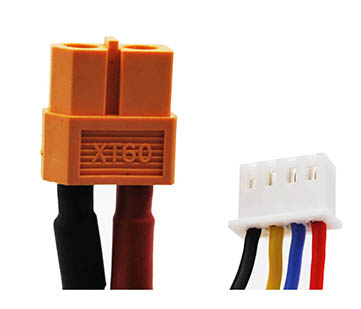 | 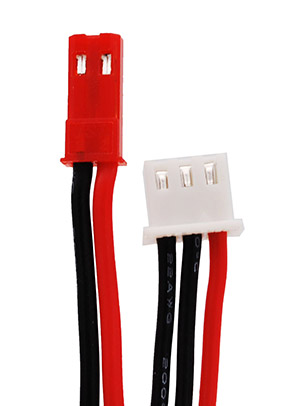 | 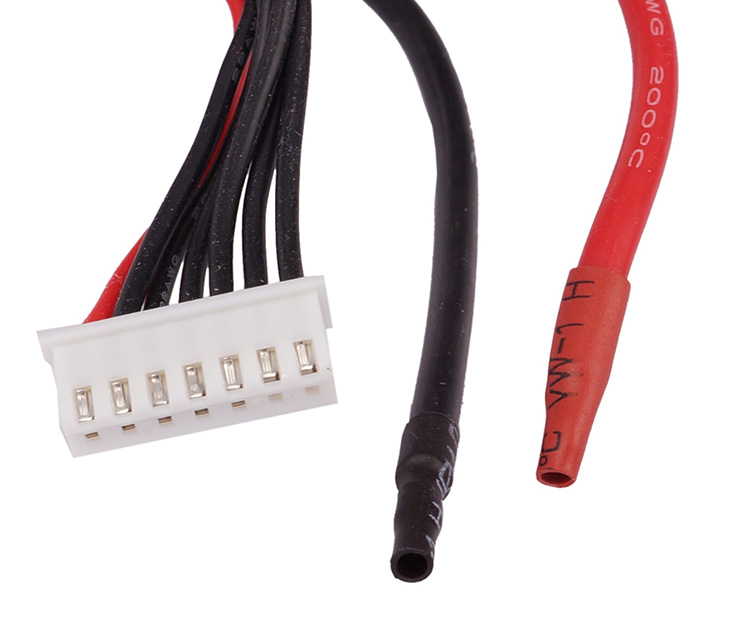 | 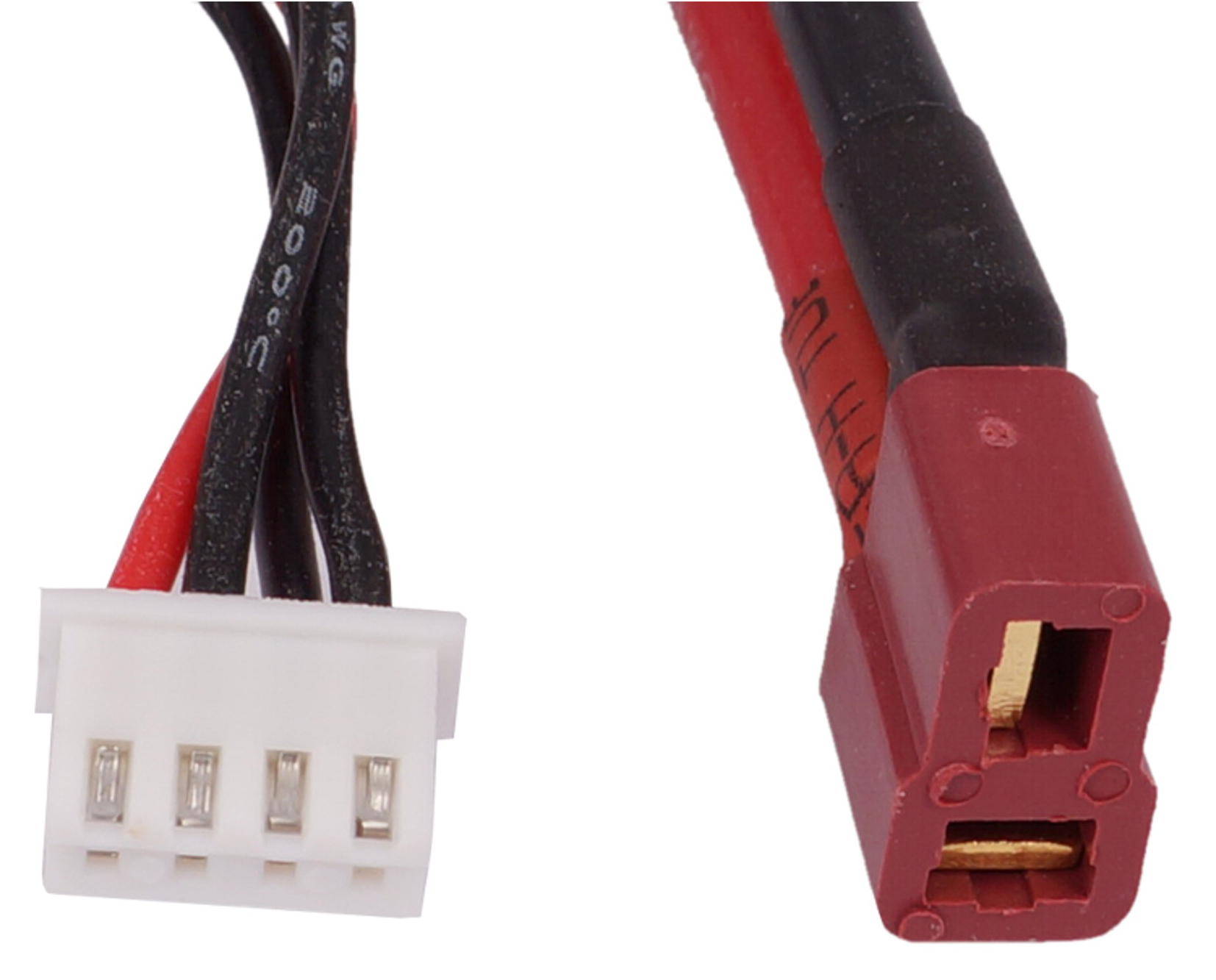 |
Multi-hole white connector is used for charging the batteries. The 2 pin connector is used by the device for the discharge, so it's important to have the same characteristics as those of origin.
A few precautions before use of a Li - Po battery:
Load
Do not use your battery directly after the purchase, should load them completely before the first use with a li - po specific charger equipped with a balancer. Other types of charger are not suitable to charge the Li - Po batteries.
Charging current
Never charge batteries with a higher charge current maximum authorised by the manufacturer.
Let batteries cool down completely before recharging, do not recharge them at more than 4.2 volts per cell.
For packs with more cells, use a balancer, it is strongly discouraged to load items in series.
Temperature
The batteries must be charged in an environment where the temperature is between 15 ° C and 35 ° C, otherwise it may result in a decrease in the number of charge-discharge cycles and a decrease in the capacity of the battery.
Reversed polarity strictly prohibited
Make sure to correctly connect the Red wire to the positive (+) Terminal and the black wire to the negative terminal (-) and avoid reversal during charging. Otherwise, the battery will become unusable.
Before use
Before use check the battery voltage. The difference between each cell must be very low, otherwise need to recharge the battery and the rebalance. In the event of bad balancing, the lowest cell risks falling into deep discharge during use causing swelling of the cell, a warm-up and finally a deterioration of performance and battery life.
Post related products
-
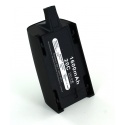
Battery 11.1V Li-Po to Parrot Drone 3.0 Bebop, Bebop Skycontroller Bebop... Bebopdrone
-
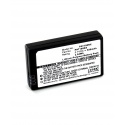
Battery 3.7V Li-Po for Mini Drone Parrot Jumping Airbone and Hydrofoil JumpingSumoDrone
-
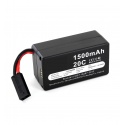
Battery 11.1V Li-Po to Parrot AR.Drone 1, 2, HD ARDrone
-
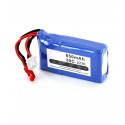
Battery 7.4V Li-Po 30c for Drone UDI U829A, U829 UDI
-
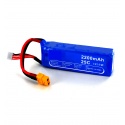
Battery 11.1V Li-Po 25 c for Drone DJI Phantom 1, FC40 DJIFc40
-
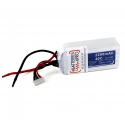
Battery Li-Po 22.2V 40c 2200mAh for remote control and Drone LT952RT
-
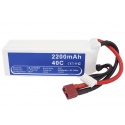
Battery Li-Po 18.5V 40c 2200mAh for remote control and Drone LT951RT
-
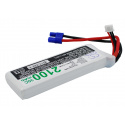
Battery Li-Po 7.4V 30c 2100mAh 2S1P for remote control and Drone LP2102C30RN
-
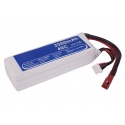
Battery Li-Po 11.1V 40c 2200mAh for remote control and Drone LT949RT
-
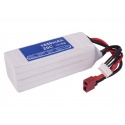
Battery Li-Po 14.8V 20c 1650mAh for remote control and Drone LT937RT
-
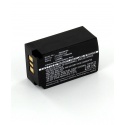
Battery 3.7V Li - Po for PARROT ZIK wireless headset ZIK
-
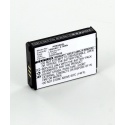
Battery 3.7V Li-Po for PARROT ZIK 2 and ZIK 3 wireless headset ZIK2
Express delivery
- By carrier or
- By Postal Service
Professional Quality
Secured Payment
Search in Blog
Par Jean L. (Mailhac sur benaize, France métropolitaine) le 29 March 2025 :
Par Sylvain F. (Breitenau, France métropolitaine) le 29 March 2025 :
Par Fabio P. (Stella Santa Giustina, Italy) le 26 March 2025 :






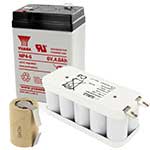


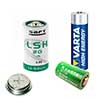






COMMENTS
No customer comments for the moment.